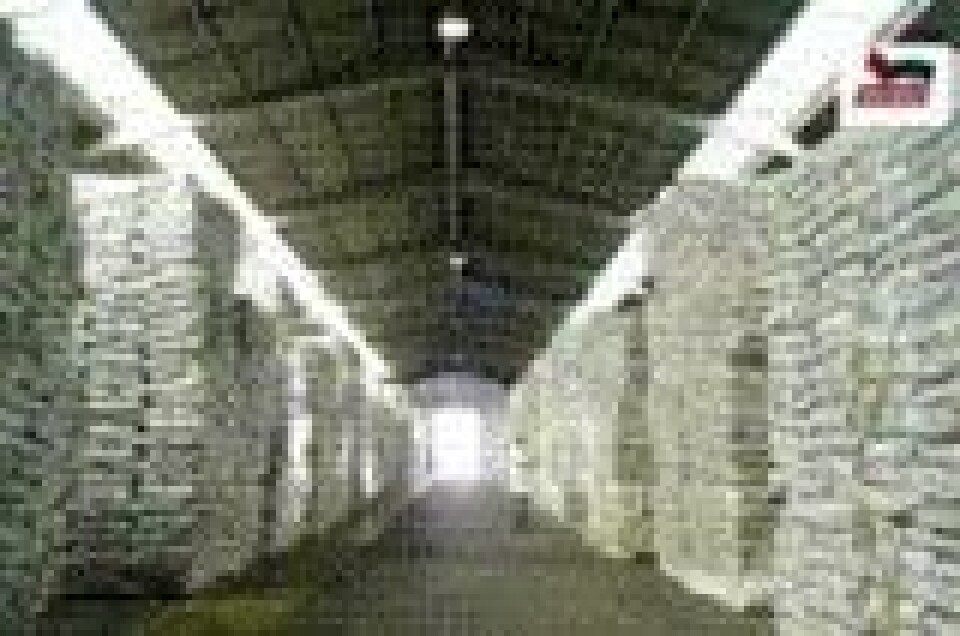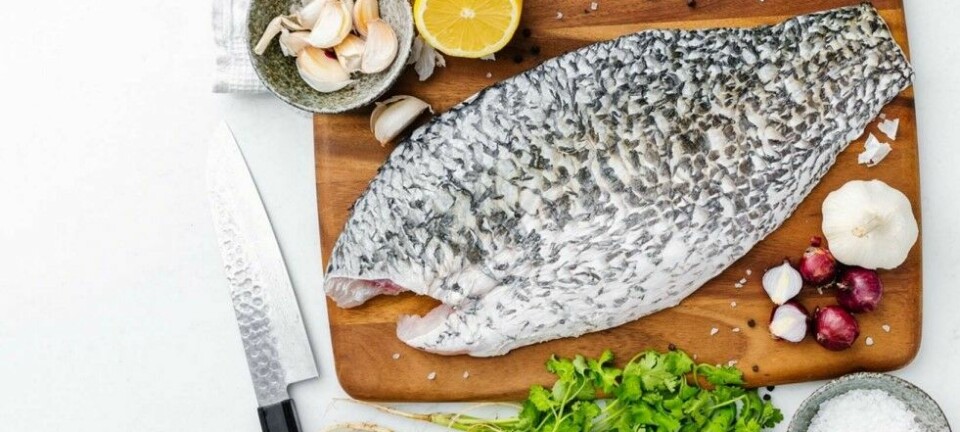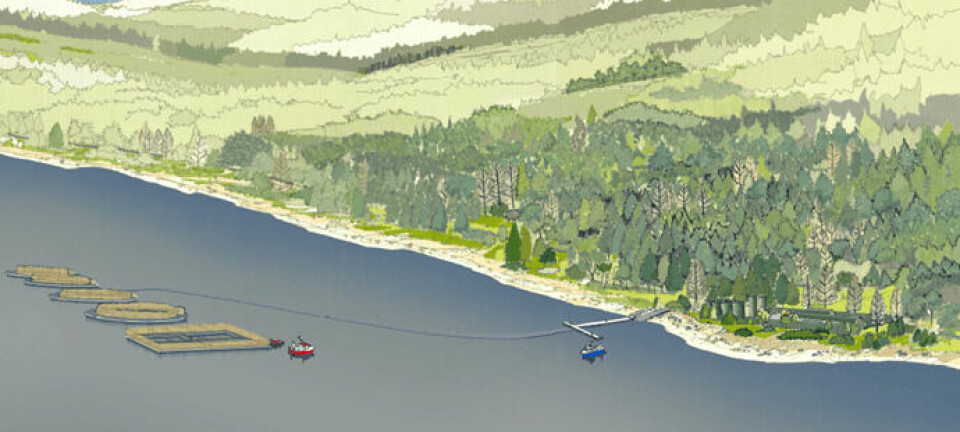
Farmed salmon among most sustainable animal proteins
It goes without saying that anytime you substitute some raw materials derived from fish resources with ingredients from the agriculture industry in fish feed formulations, you will reduce the amount of wild fish needed to grow farmed salmon. Wild salmon swimming in the ocean doesn’t have this option, and must consume many more marine resources to grow to the same size as a farmed salmon. And when you compare the amount of feed required to produce a kilo of farmed salmon with the amount needed to produce other forms of farmed livestock, a pretty compelling picture about the efficient use of limited (feed) resources emerges, as this article from Salmon Farm Science describes;
One of the most common criticisms of salmon farming is that it takes several pounds of small wild fish to grow one pound of salmon. This is unsustainable, they say. This is a valid criticism, but there is a lot of context missing, it’s based on old information, not the current state of salmon farming, and the conclusion is false. It’s like claiming that solar power has less of an environmental impact than wind power, therefore wind power is unsustainable — meanwhile ignoring the fact that most of North America’s electricity comes from burning coal.
Salmon farmers are well aware that there are a finite number of small, wild fish in the sea to use in salmon feed. That’s why for years they have been working to reduce the amount of fishmeal and fish oil in their feed recipes. Salmon farmers are looking at alternative plant and even algae-based protein sources to use in fish feed, which will provide the healthy Omega-3 oils in farmed salmon. It’s unlikely that salmon farmers will be able to eliminate fishmeal and oil from their feed recipes entirely anytime soon, but the levels are far below what they were just 20 years ago. And even if it was to stay the same as it is now, farmed salmon is without a doubt one of the most efficient uses of resources.
All farm animals have to eat. All farm animals eat feed. And some farm animals use that feed to grow more efficiently than others. They can be compared by their feed conversion ratios — a measurement of how much feed it takes to grow an animal. Feed conversion ratios are expressed as a ratio. For example, it takes 1.2 pounds of feed to grow one pound of farmed salmon, 1.69 pounds to produce a pound of broiler chicken, 2.99 pounds for a pound of pork, and 10.4 pounds of feed to produce a pound of either sheep or beef (Tolkamp, et al., 2010).
In context, it’s easy to see that farmed salmon is very efficient, even more so than chicken. The only protein source which appears to be more efficient is milk, but the actual protein content in milk is much lower than all other livestock on the graph so you would have to eat an entire tub of yogurt to get the same protein you would get from one three-ounce serving of farmed salmon. And the sugar and fat in an entire tub of yogurt wouldn’t exactly be a health benefit.
For more information about the protein values of other farmed livestock, please read the study on which we based this graph. Science and the facts about other forms of agriculture shows that it is false to conclude that salmon farming is unsustainable because of feed. Compared to all other forms of livestock farming, nothing is more efficient than salmon farming when it comes to using our planet’s limited resources to grow protein. Are there concerns? Of course. But in context it’s easy to see that we should be encouraging more salmon farming (and other forms of aquaculture) to feed our planet’s growing population. It’s an efficient use of our planet’s limited resources, and it’s healthy, too.























































